Tennessee is temperate. Quite a bit of it is mountainous. And it’s really varied in topography and population centers. So, what type of pool is best for Tennessee? Options include gunite (concrete), vinyl liner, and fiberglass. As fiberglass experts, we can address just about any question on that topic, including how much does a fiberglass pool cost in Tennessee?
First, let’s think about why you might consider a fiberglass pool in Tennessee by answering some key questions.
- Does a pool add value to your home in Tennessee? Inground fiberglass pools have gained popularity and have become the choice for more and more Tennessee pool dealers and homeowners because they will add value to your home. Unlike gunite and vinyl that need resurfacing, fiberglass is durable for decades with no more than routine maintenance.
- Are fiberglass pools low maintenance? Fiberglass pools require fewer chemicals, less annual maintenance, and are less prone to attract stubborn algae than gunite or vinyl liner pools.
- Is Tennessee a good place to install a fiberglass pool? Tennessee soil tends to be heavy with clay. And it tends to shrink and swell with changes in temperature and groundwater levels. Fiberglass pools, especially those equipped with Geo-Anchoring technology, can handle this variability better than vinyl or gunite.
- What are a few other advantages of fiberglass pools? The modern fiberglass gel coats are visual knockouts. The rich color plays with the water and sun in a way that’s relaxing and inviting. Their non-skid surface is easy on swimsuits and feet, and they are the most pet-friendly pool type.
How much is a fiberglass inground pool installed?
Let’s talk averages, and then we’ll provide a few specific examples. In the Sunbelt states, gunite pools have been popular historically because of lower installation costs and familiarity. As fiberglass technology has evolved and design choice has expanded, fiberglass has grown in popularity.
The easiest way to pin down the cost of your pool is to contact a Thursday Pools dealer near you and ask for a quote. But if you’re not ready to do that, here is a good rule of thumb to get a ballpark estimate. Start with a figure of $1,500 per linear foot (using the length). So if you want to know how much a 12×24 inground pool costs, it looks like this: 1,500 x 24 = $36,000 (estimated). Let’s look at some of Thursday Pools’ top sellers for better reference.
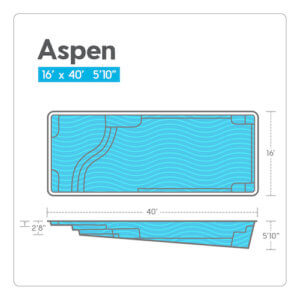 Aspen
Aspen
For wide-open swim space and lots of built-in spots for relaxing—the Aspen is hard to beat. It has a built-in 12”-deep tanning ledge, which provides the perfect perch to watch the kids while they swim. The Aspen is available in five sizes. The largest is 40 feet long by 16 feet wide. Applying our formula of an average cost of $1,500 per linear foot, a basic installation is estimated to be around $60,072.
The Aspen is a crowd-pleaser. Check it out!
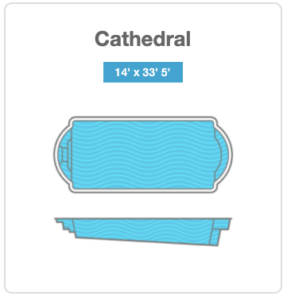
Cathedral
The Cathedral takes the rectangular-shaped backyard pool and elevates it with the simple, yet graceful curve of a Roman arch. With its classic good looks and wide-open swim space, the Cathedral invites you to entertain, relax and rejuvenate in style. The Cathedral is 14’ x 33’ 5”. At an average cost of $1,500/linear foot, the ballpark for a basic installation is around $50,250.
Experience the Upscale, Traditional Design of Cathedral
Sea Turtle
What creature fits almost any backyard space? The Sea Turtle might be the one! Despite its small footprint, the Sea Turtle is a standout with wraparound benches flanking the entry steps. It works as a great backyard getaway and landscape accent. The medium-depth Sea Turtle comes in one size, 9.5’ x 19.5’. It’s a great example of the fantastic small fiberglass pools available today. Using a ballpark of $1,500 per linear foot, this should come in around $30,000.
What does a basic fiberglass pool installation include?
Talk to your dealer on this one. The prices we’ve outlined here reflect basic installations, but they will vary. You might expect a basic installation to include site preparation, lighting, a 3 to 4-foot concrete patio around the pool, and a pool cover, for example. It’s good to ask your dealer upfront to be clear and plan. Your geography, local regulations, and other unique-to-your situation factors can influence the cost of installation.
In Tennessee, there are several state laws on the books you’ll want to be aware of. One details fencing and gating. Your Tennessee-based dealers should know the specifics of the regulations and be able to provide you with appropriate options to keep you within the limits of the law. Another more recent law requires all residential or private swimming pools of more than 3-foot depth to have an alarm that detects anything more than 30 pounds entering the water.
Dig a little deeper and get closer to your goal
Are you getting closer to making your backyard pool dream a reality? Do you have some of the specifics outlined in your head? Maybe you have seen a fiberglass pool shell being delivered down the street and your gut says, ‘the next one is mine.’ Or you’ve evaluated pool features and have a very specific question on inground pools with tanning ledge cost. If you’re digging into it in this way, Thursday Pools offers helpful tools like the Pool Selector Tool and Pool Cost Calculator.
Or are you ready to find out more now?
Get a free estimate on your fiberglass pool right now. It’s the best way to begin. You’ll get costs and can discuss financing options. Talking to a dealer well-versed in the particulars of Tennessee pool installation can save you time and money in the long run.
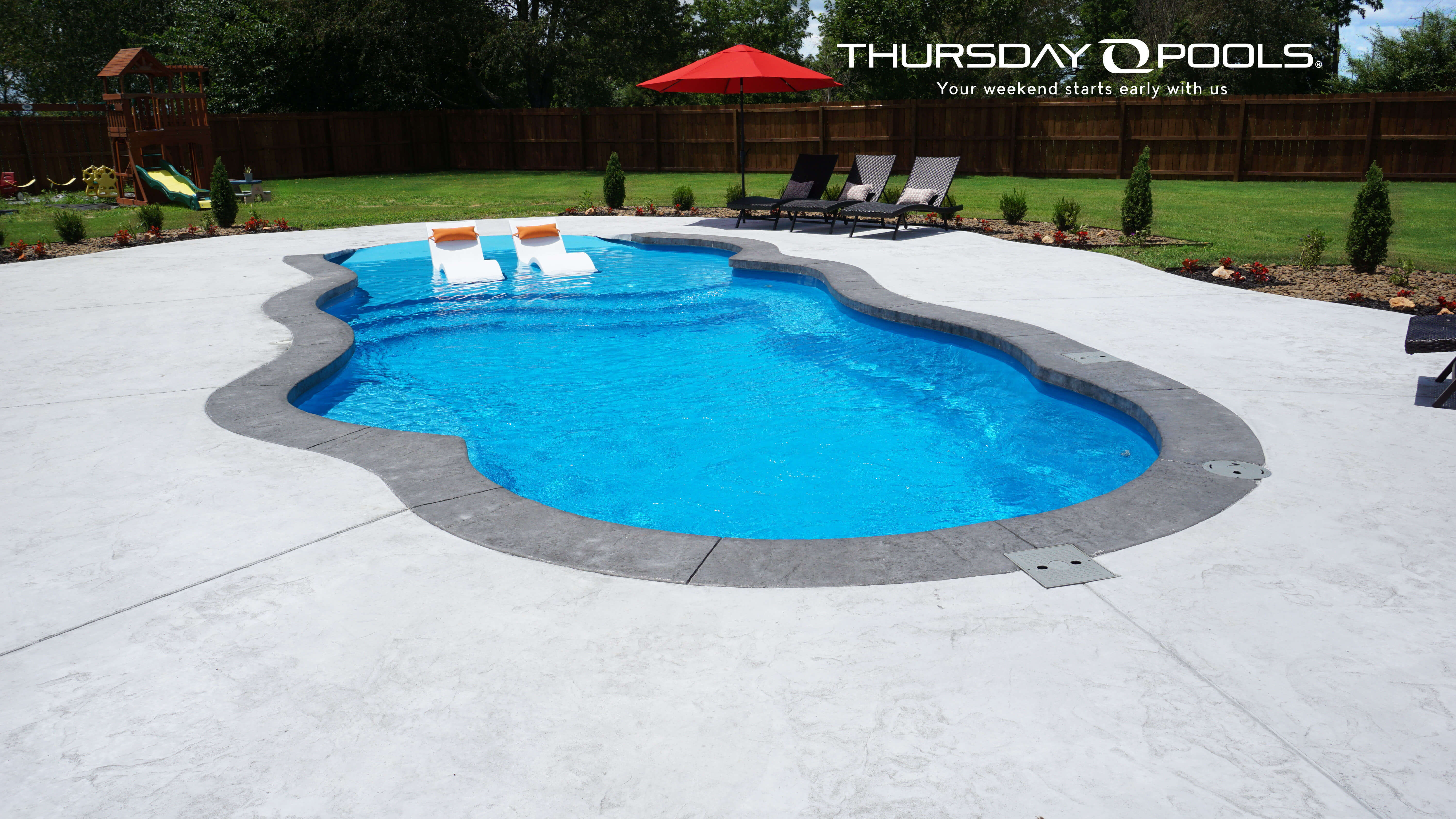
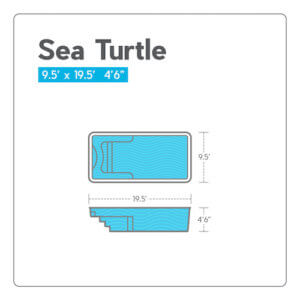
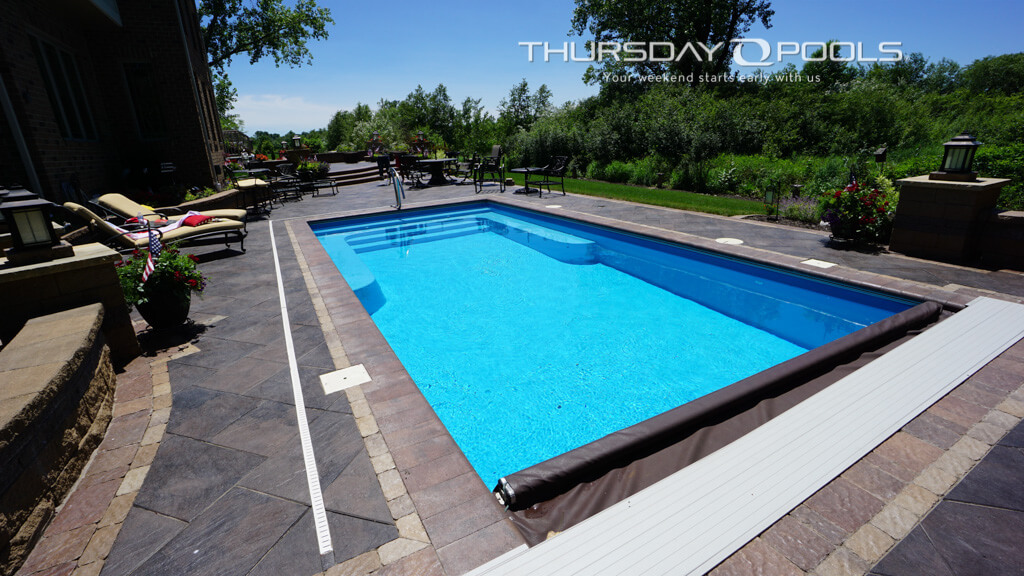
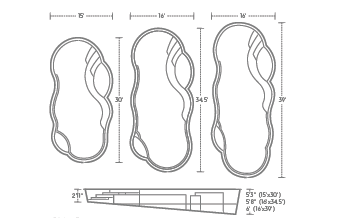
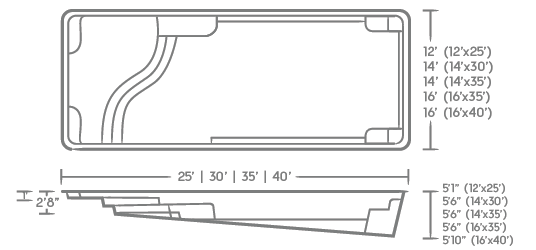
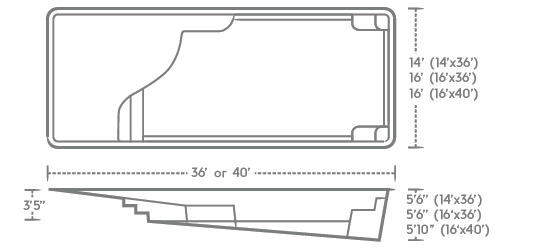
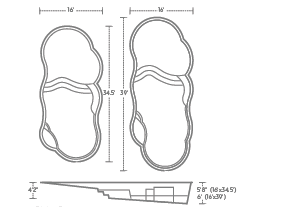
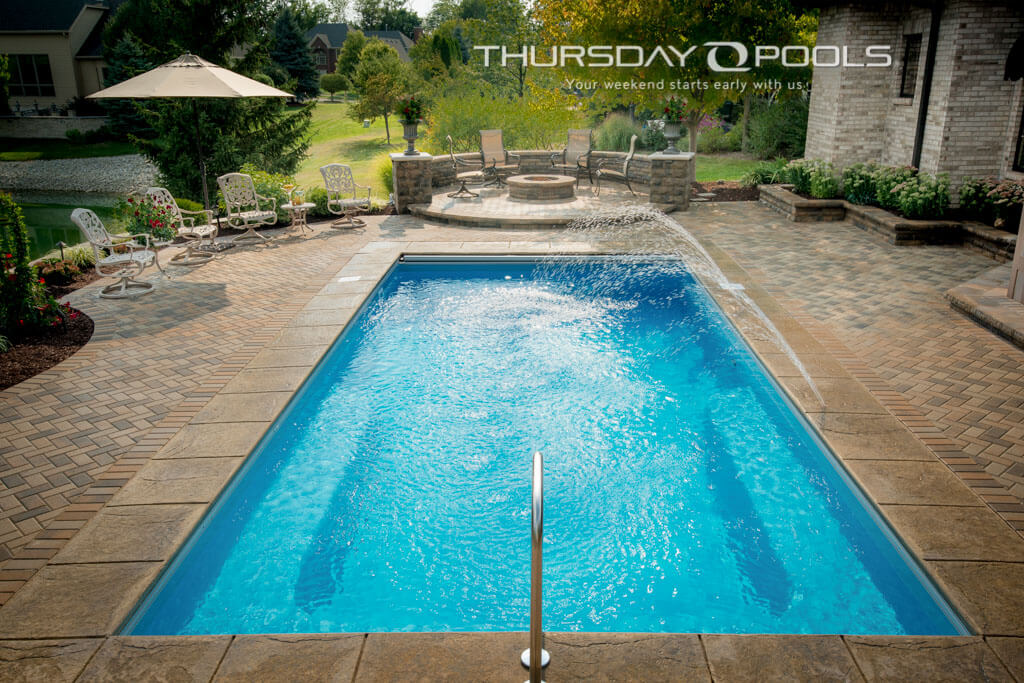
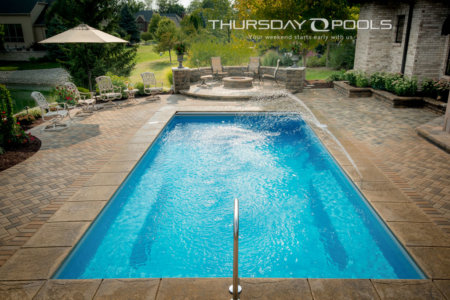 If so, you’re probably wondering, “How much do inground pools even cost?” Perhaps you’ve done a bit of research, but you’re finding that your search results are yielding a pretty wide range of costs, which can be frustrating. Why can’t you find more specific information? Because Googling “How much do inground pools cost?” is a bit like Googling “How much does a car cost?” That question can’t be answered until you know what make and model of car you’re getting, along with what features you need. And, when you get a new car, you also have to consider insurance, license, title charges, accessories and gas. None of these things will be a part of your initial car purchase, but they’ll affect your car budget nonetheless, and they’ll probably end up being more than you anticipated.
If so, you’re probably wondering, “How much do inground pools even cost?” Perhaps you’ve done a bit of research, but you’re finding that your search results are yielding a pretty wide range of costs, which can be frustrating. Why can’t you find more specific information? Because Googling “How much do inground pools cost?” is a bit like Googling “How much does a car cost?” That question can’t be answered until you know what make and model of car you’re getting, along with what features you need. And, when you get a new car, you also have to consider insurance, license, title charges, accessories and gas. None of these things will be a part of your initial car purchase, but they’ll affect your car budget nonetheless, and they’ll probably end up being more than you anticipated.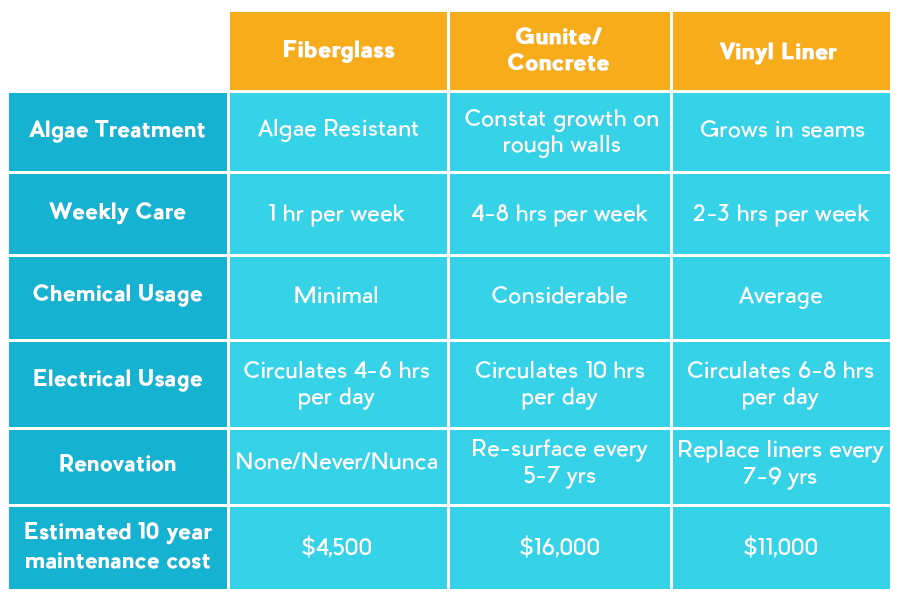
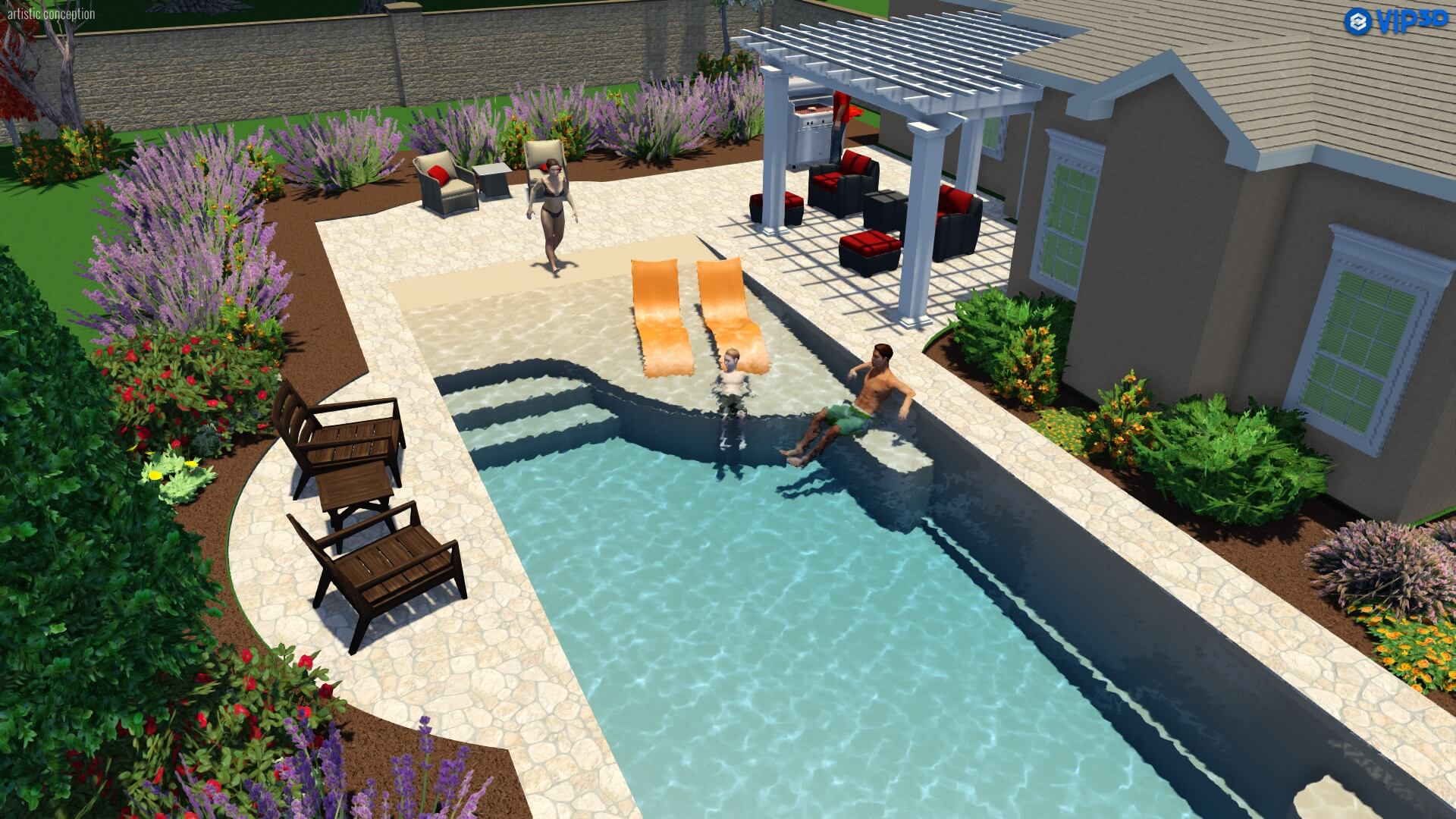
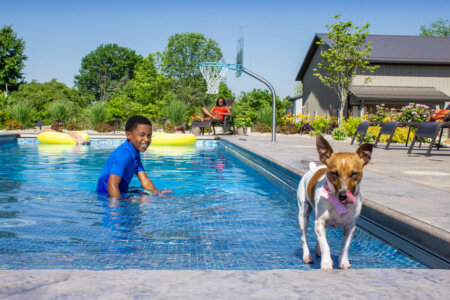
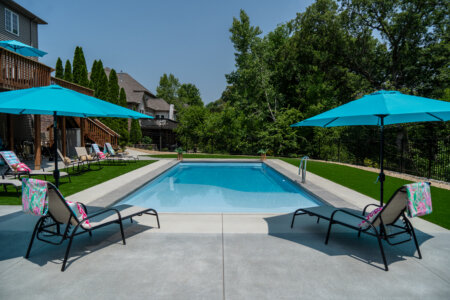
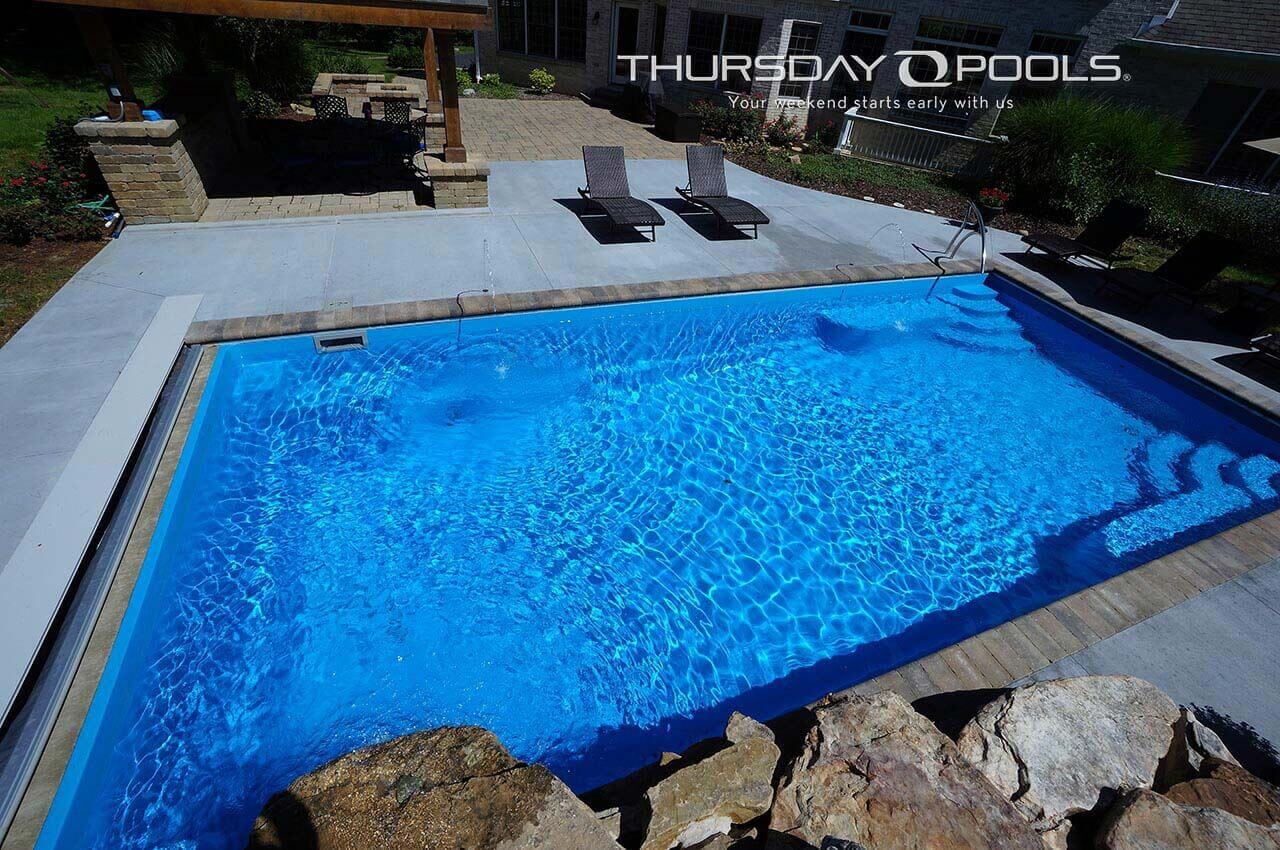
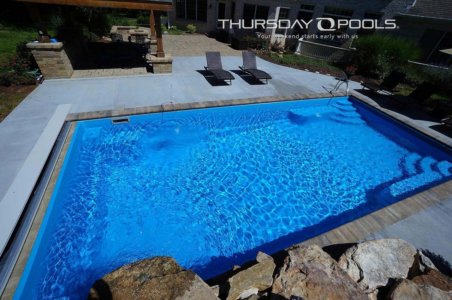
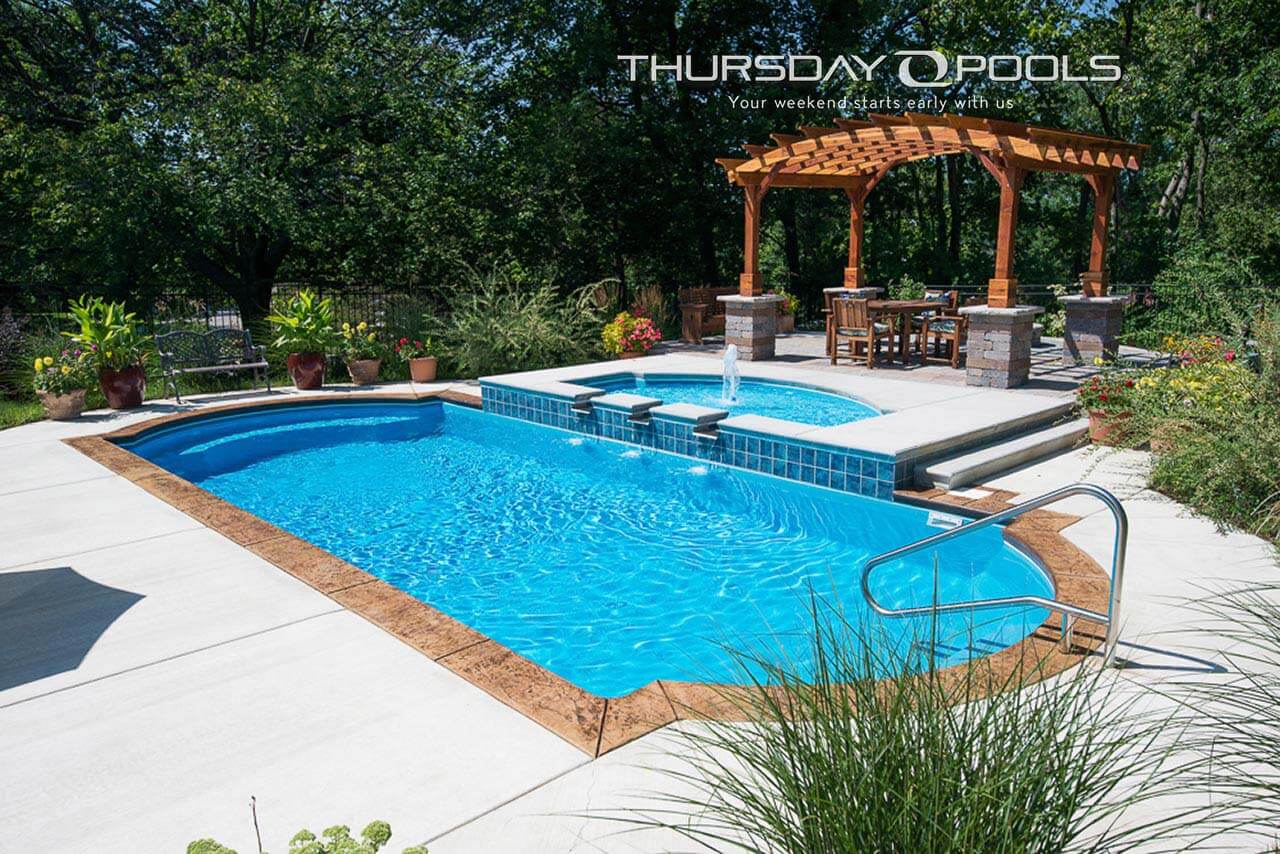
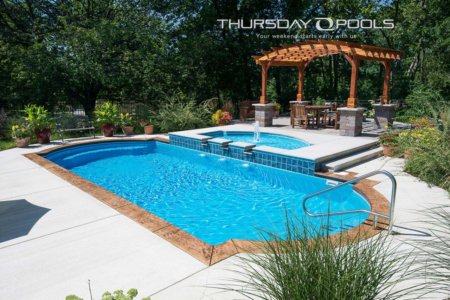 An
An 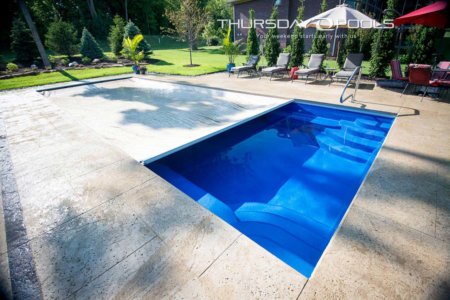 Pool Covers –Most pool owners in areas where the seasons change opt for some type of pool cover. There are three basic types of pool covers to consider: traditional winter covers, safety covers and automatic safety covers. Traditional winter covers consist of a tarp and use water tubes or water bags to secure the cover in place. Safety covers are a little more secure and durable– they consist of a heavy duty mesh or solid fabric that is snugly and securely anchored the pool deck using straps and springs.
Pool Covers –Most pool owners in areas where the seasons change opt for some type of pool cover. There are three basic types of pool covers to consider: traditional winter covers, safety covers and automatic safety covers. Traditional winter covers consist of a tarp and use water tubes or water bags to secure the cover in place. Safety covers are a little more secure and durable– they consist of a heavy duty mesh or solid fabric that is snugly and securely anchored the pool deck using straps and springs. 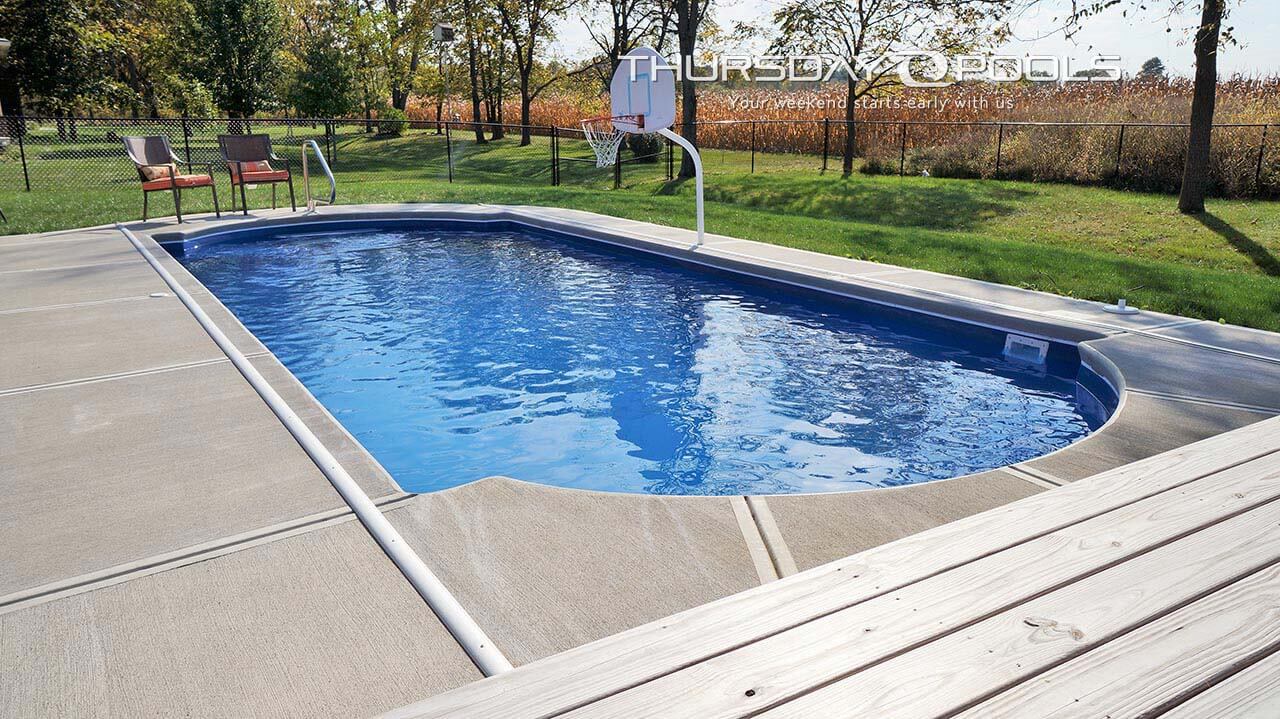


 Have you been looking out your window wishing there was a
Have you been looking out your window wishing there was a 
 Regardless of the option (or combination of options) you choose, the fact is that this time next year, you can look out your window and instead of saying, “Maybe next year,” you can say, “Get your suits on kids. Last one in’s a rotten egg!”
Regardless of the option (or combination of options) you choose, the fact is that this time next year, you can look out your window and instead of saying, “Maybe next year,” you can say, “Get your suits on kids. Last one in’s a rotten egg!” 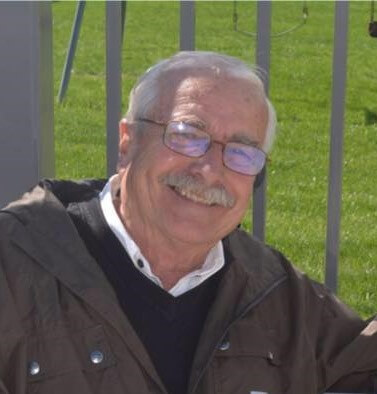
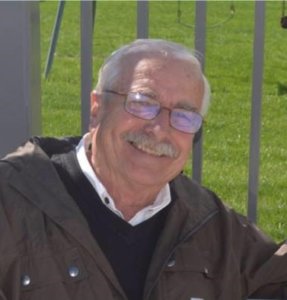 Dear General:
Dear General:
 The term
The term  Keep in mind that any accessory that is structural needs to be done during construction, so you’ll need to talk to your pool builder up front about that. Many of the other accessories are optional, and you can always add them in the years to come, while you’re enjoying your pool.
Keep in mind that any accessory that is structural needs to be done during construction, so you’ll need to talk to your pool builder up front about that. Many of the other accessories are optional, and you can always add them in the years to come, while you’re enjoying your pool.